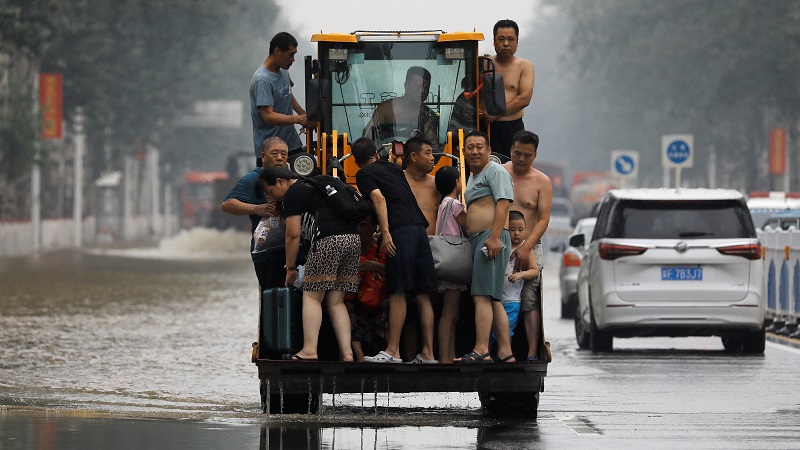In July 2023, Beijing, China, witnessed one of its most severe flood disasters in over a century, following the torrential rains unleashed by the remnants of Typhoon Doksuri. This natural calamity marked an unprecedented challenge for the capital, reporting the heaviest rainfall the city had seen in 140 years, with a staggering 744.8mm recorded over several days. The devastating impact of the floods was profound, leading to significant casualties and extensive damage.
The death toll from this catastrophe rose to 33, including five rescuers, while 18 individuals were reported missing. The relentless downpours caused widespread destruction, collapsing nearly 59,000 homes and damaging 150,000 more. Infrastructure was severely affected, with roads and over 100 bridges damaged, exacerbating the crisis and hampering rescue efforts. Moreover, the floods inundated more than 15,000 hectares of cropland, further straining the city’s resources and affecting its food supply.

The 2023 Beijing floods served as a grim reminder of the escalating threat posed by extreme weather events, underscoring the urgent need for enhanced disaster preparedness and resilient infrastructure. As climate patterns continue to evolve, the event highlighted the critical importance of adopting comprehensive measures to mitigate the impact of such disasters in the future.

RESEARCH ASSOCIATE



